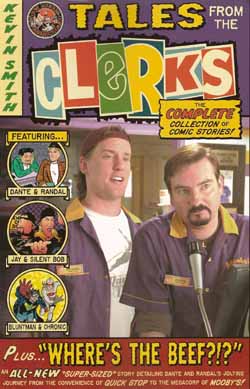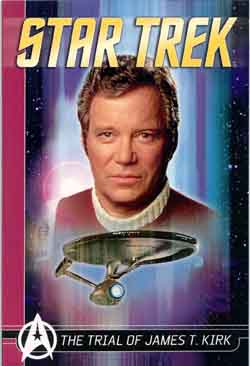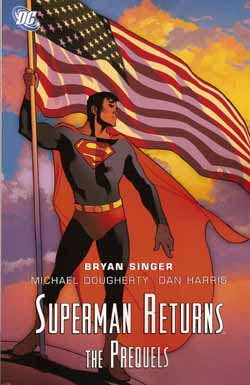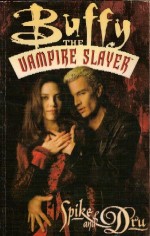
By Christopher Golden, James Marsters, Ryan Sook, Eric Powell & various (Dark Horse/Titan Books)
ISBN: 978-1-84023-282-0
Vampire love is something of a hot topic these days so let’s take a look at one of the ancient antecedents responsible for this state of affairs – in the shape of a collection of one-shots and short stories originally published by Dark Horse to augment their comicbook franchise of the global mega-hit Buffy the Vampire Slayer.
Buffy was a hip teen cheerleader turned monster killer, and as the TV series developed it soon became clear that the bad-guys were increasingly the fan-faves. Cool vampire villain and über-predator Spike eventually became a love-interest and even a moodily tarnished white knight, but at the time of this collection was still a blood-hungry, immortal immoral jaded psychopath – every girl’s dream date.
His eternal paramour was Drusilla: a demented precognitive vampire who killed him and made him an immortal bloodsucker. She thrived on new decadent thrills and reveled in baroque and outré bloodletting. This collection traces their relationship through the 20th century, laying the seeds for the events of the television episodes and begins with ‘All’s Fair’ scripted by Christopher Golden and illustrated by Eric Powell, Drew Geraci, Keith Barnett, Andy Kuhn, Howard Shum & Norman Lee.
There is an unbroken mystical progression of young women tasked with killing the undead through the centuries, and the book opens during the Chinese Boxer Rebellion in 1900, where Spike and Dru were making the most of the carnage after killing that era’s Slayer. The story then shifts to the Chicago World’s Fair of 1933 where once more the undying lovers are on the murderous prowl. However, the scientific wonders of the modern world are eclipsed by a scientist who has tapped into the realm of Elder Gods as a cheap source of energy. To further complicate matters the dark lovers are being stalked by a clan of Chinese warriors trained from birth to kill the pair to revenge the Slayer killed in Beijing.
Gods, demons, Mad Scientists, Kung Fu killers, Tongs and terror all combine in a gory romp that will delight TV devotees and ordinary horrorists alike.
Decades later the pair were again roaming through America in ‘Queen of Hearts’ (by Golden & Ryan Sook), driving to St Louis where they boarded a gambling palace on a paddle-steamer, just wanting to waste some time and test their luck. Unfortunately the enterprise was run by a sinister luck-demon with as little concept of fair play as Dru and Spike… All the forces of elemental supernature couldn’t prevent the river running red – and numerous other colours – with demon blood…
Author, director and actor James Marsters played the laconic Spike on the TV show and co-wrote the next mini-epic in this tome. ‘Paint the Town Red’ also by Golden & Sook is set just after the undead couple had split up following a terrific spat, and follows the heart-sore Cockney Devil from Sunnydale to an isolated Turkish village where he set up his own private harem and hunting preserve. Everything was perfect until Dru came looking for him with her latest conquest, a resurrected necromancer.
Koines is her love-slave, a wizard capable of controlling corpses with but a thought. Until she set her death-monger against Spike it hadn’t occurred to anybody that vampires are just another sort of cadaver, but once the mage realised he decided to renegotiate the terms of his rather one-sided relationship with the inventively psychotic vampire virago, and Spike found that he was not quite over Dru yet…
The chronicle concludes with the brutally melancholy ‘Who Made Who?’ (Golden, Powell, Barnett & Geraci), a brief yarn set in Rio which revealed why the reunited couple finally called it a day. Cue hearts, flowers, multiple infidelities and a lot of sudden, violent deaths…
These supplementary tales of extremely dark and forbidding romance comprise a thoroughly readable tearjerker with hilariously barbed edges: instantly accessible to not only the dedicated Joss Whedon fan but also any lover of horror stories. If vampires could love I suspect this is how it would really look…
™ & © 2001 Twentieth Century Fox Film Corporation. All Rights Reserved.
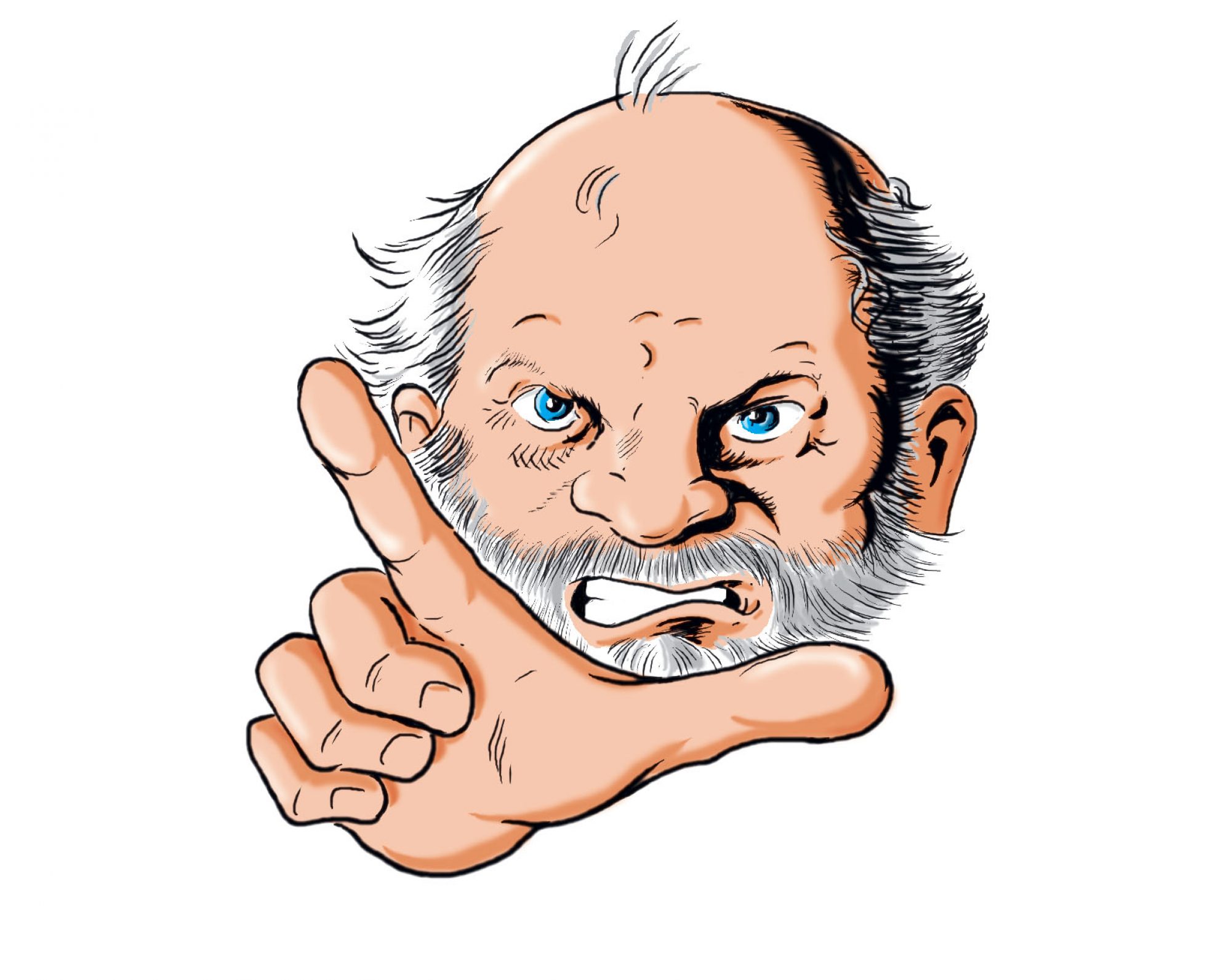
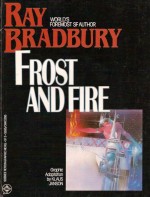
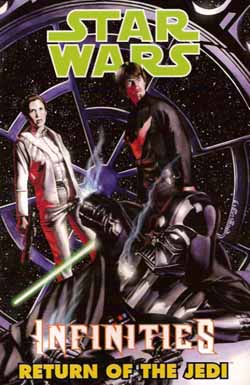 Â
 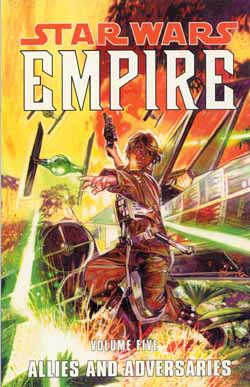 Â
 